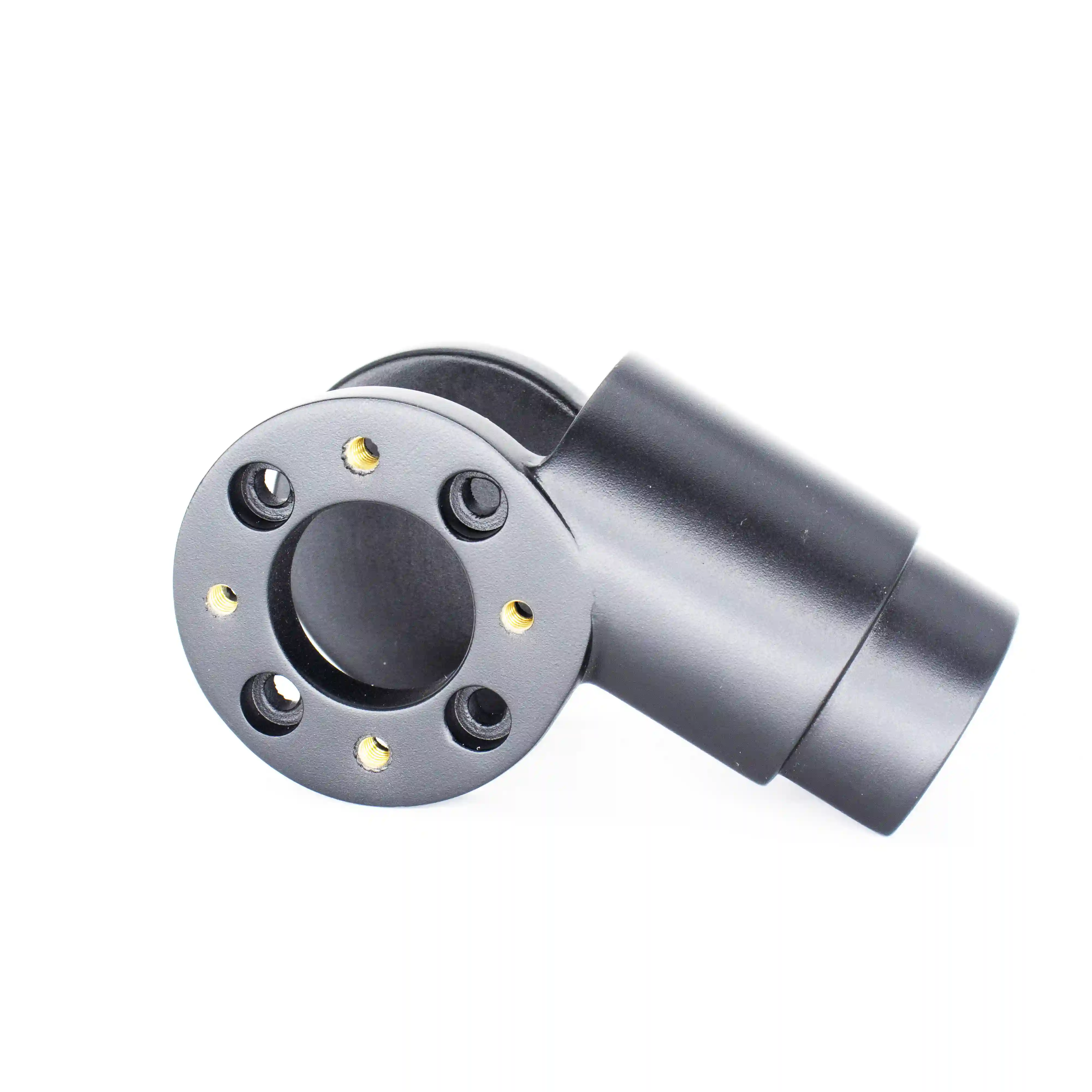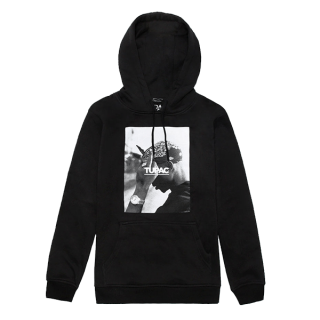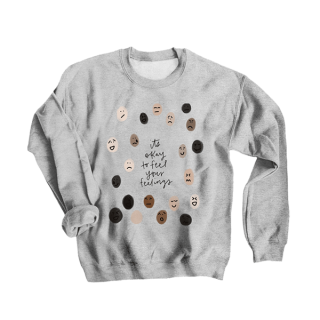Prototype part
Prototype parts serve as a critical phase in product development, transforming three-dimensional design blueprints into tangible prototypes.



Introduction to Prototype Parts
Prototype parts serve as a critical phase in product development, transforming three-dimensional design blueprints into tangible prototypes. These prototypes validate design feasibility, structural integrity, and aesthetic appeal. Their primary role is to accelerate time-to-market while mitigating risks associated with mass production. Widely utilized across industries such as industrial design, mechanical engineering, consumer electronics, and more, prototype parts act as a vital bridge connecting conceptualization with production.
Operational Principles of Prototype Parts
The fabrication of prototype parts leverages cutting-edge manufacturing technologies, including 3D printing (SLA/SLS/FDM), CNC machining, and vacuum casting. These processes convert digital models into physical entities through layer-by-layer deposition or CNC programming. Key principles emphasize:
• Precision: Achieving accuracy within ±0.1mm to align with design specifications.
• Rapid Iteration: Shortening lead times (typically 3–7 days) to facilitate quick design refinements.
• Functional Testing: Enabling assembly, stress, and surface finish evaluations.
• Flexibility: Accommodating design modifications based on feedback.
Applications Across Industries
Prototype parts are integral to validating products across diverse sectors:
• Consumer Electronics: Testing casings for phones, headphones, and wearables.
• Automotive: Validating interior components and functional parts.
• Medical Devices: Assessing surgical tools and ergonomic designs.
• Toys & Cultural Products: Simulating complex geometries and articulation mechanisms.
Core Features & Functions
Prototype parts deliver:
1. Ultra-Precision: Tight tolerances for flawless fit and function.
2. Speed: Accelerated prototyping cycles for rapid innovation.
3. Simulation Capabilities: Realistic testing of mechanical performance and finishes.
4. Adaptability: Streamlined updates to address design flaws.
Design Considerations
Effective prototype design adheres to:
• Structural Integrity: Avoiding intricate undercuts or enclosed cavities.
• Material Optimization: Selecting plastics (ABS, PC, PA) or metals (aluminum, stainless steel) based on thermal, strength, or weight requirements.
• Tolerance Management: Ensuring seamless assembly through strategic clearances.
• Cost Efficiency: Balancing precision with budget-friendly processes.
Material Selection Guide
Materials are tailored to application demands:
• Engineering Plastics: ABS, PC, PA (heat resistance, durability).
• Resins: High-resolution SLA resins for intricate details.
• Metals: Lightweight aluminum or robust stainless steel alloys.
• Silicone Molds: Cost-effective for low-volume flexible parts.
Choosing a CDMO Partner
Selecting a Contract Development and Manufacturing Organization (CDMO) hinges on:
1. Technical Expertise: Mastery of SLA, CNC, and multi-axis machining.
2. State-of-the-Art Equipment: Advanced machinery for superior surface finishes.
3. Responsive Support: Proactive design optimization feedback.
4. Transparent Pricing: Clear cost structures without hidden fees.
5. Data Security: Non-disclosure agreements safeguarding intellectual property.
OEM vs. ODM Services
• OEM (Original Equipment Manufacturer): Produces parts strictly per client-provided specifications.
• ODM (Original Design Manufacturer): Offers end-to-end solutions, from concept refinement to scaled production.
Sector-Specific Solutions
Customized strategies include:
• Rapid Iteration Programs: 72-hour prototyping for consumer electronics launches.
• Complex Geometry Solutions: Topology optimization for challenging geometries.
• Low-Volume Production: Vacuum casting or resin infusion cutting costs by over 50% versus tooling.
By integrating these services, businesses bridge the gap from ideation to market-ready products, ensuring competitiveness and innovation.






Reviews
There are no reviews yet.